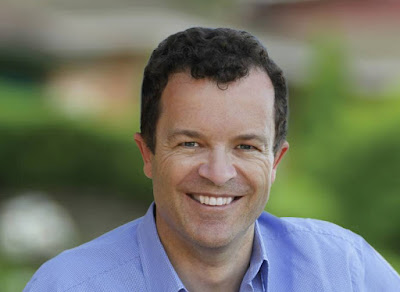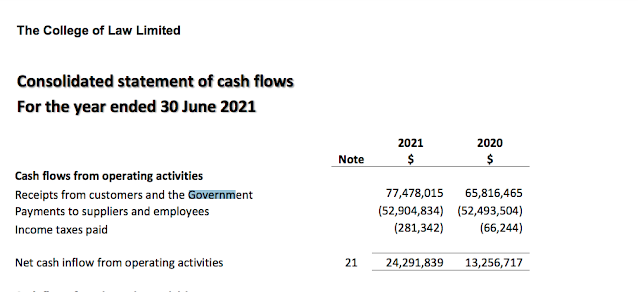1Malaysia Development Bhd counting as cash the units that its audited accounts say is not cash?
More than a week after Malaysia's Ministry of Finance decided that cash that it thought its wholly-owned subsidiary 1Malaysia Development Bhd (1MDB) was actually in the form of "units", 1 MDB
has decided to "clarify" matters by producing the figures below, current as at 31 March 2014.
The RM 15.4 billion in "Investment cost" includes those "units" which even the Prime Minister (who is also Minister for Finance) though was in the form of cold .hard, cash.
As stated on this blog previously, it is not likely to be cash,and a closer reading of 1 MDB's audited financial statements as at 31 March 2014 may well confirm this. As previously stated:
a) In the Notes to the Accounts,in particular Notes 18,19 and 30 ,the details of the 1 MDB PetroSaudi loan are provided,and it is clear that the transactions were all executed and completed in the year ended 31 March 2013
Therefore, everything about that transaction ,or series of transactions, should be detailed in the 2013 financial statements
b)Note 18 on Page 86 says that in 2012 there was a revaluation loss of RM 516 018,000.This is due to an accounting procedure ,where cashflows from the notes are revalued according to current market interest rates (which is different from the interest payable on the notes) .So,in 2012 applying that procedure the notes had to be devalued,hence therevaluation loss of RM 516 018,000.
This however is a paper loss (ie no money has been lost selling the notes),so in the Statement Of Cash Flow, that figure is backed into profit,to reflect the fact that no cash was lost.
c) However, also in the cash flow statement on page 17 a sum of RM 510,578,000 in Mudaraba profits has beenbacked out..Note that this is not the opposite of the above, and note that there is a difference in terminology, ie "Mudaraba revaluation loss" vs "Mudaraba profits".
d)So, what are these "Mudaraba profits"?
They are, as explained in Notes 18,19 and 30, and are clearly the profits from the Mudaraba notes issued by 1 MDBPetroSaudi .
However, Arul Kanda and 1 MDB all say that the profit was RM 1.78 billion ,that is about RM 1.2 billion short of what is implied in the Statement of Cashflow,
e) In addition,this is a PAPER profit .So, it does appear that no cash profit was generated from the transaction.That would explain why 1 MDB is having trouble showing us the money from that deal.
f) Could it be, for the sake of argument, that the RM 510,578,000 in Mudaraba profits was only the paper portion of the profit,and that the actual profit included a RM 1.78 billion cash profit,for a total profit of approximately RM 2.3 billion?
g) To confirm if that is true, we look at the Net Cash From Operations (ie cash from running the business) on Page 18-and we see that the number is only RM 762,930,000.We also know that almost all of that came from the power stations.
h)Then,perhaps, 1 MDB considers the profit from the notes to be profit from investment activities. To test that proposition we look at Page 19,and there is nothing there to support that proposition. Instead what we do see is that in 2012,1 MDB contributed a RM 1,018,000,000 to an investment in a Mudaraba facility -one assumes this is the same 1MDB PetroSaudi facility.
So, in conclusion, it does seem that no cash was ever received from PetroSaudi,and that the profit from the Notes,was only a paper profit,,and that profit was only RM RM 510,578,000.
Meanwhile, books must balance,and anything lost must be accounted for.
So far we know that the "investment" in PetroSaudi was "converted" into Murabaha Notes. To support that assertion one can see from the Balance Sheet on Page 13 , that 1 MDB held RM 5,710,215,000 in Murabaha Notes as at 1 April 2011.
However, while Note 19 says that the Murabaha Notes are now classified "investments held for sale", there is no such item on the balance sheet.
The figures for investments and other assets held do not reflect anything near RM 5 billion,EXCEPT for one item, and that is "Amount Due From Subsidiaries".
As one can see that figure , compared to the previous year, has grown by approximately RM 5 billion, suggesting that there has been a BOOK ENTRY moving the RM 5,710,215,000 in Murabaha Notes to "Amount Due From Subsidiaries".
Note 28 which provides details of the item "Amount Due From Subsidiaries" does not say which or what subsidiaries, but there is a clue in the the currency exposure profile, where it is disclosed that the US dollar exposure (in Malaysian Ringgit) is RM 7 118 578 ,000 ie the bulk of that sum.
I cannot think of any other 1 MDB subsidiary except 1 MDB PetroSaudi that has been extended a facility of that size.Note also that 1 MDB PetroSaudi appears to still be a subsidiary, even if it is dormant.There is nothing to suggest that it has been liquidated.
Therefore, the above taken together suggests that the Murabaha Note "redemption" was nothing more than a series of book entries. In other words, whatever cash was contributed to 1 MDB PetroSaudi is lost for good.
The 2013 financial statements were audited by Delloites ,who have certified that the statements have been prepared in accordance with accepted account practice, and provide a true and fair view of 1 MDB's financial position.
END
Link for the above at http://sahathevan.blogspot.com.au/2015/03/1-mdb-audit-ag-must-will-find-that-loss.html


Comments
Post a Comment